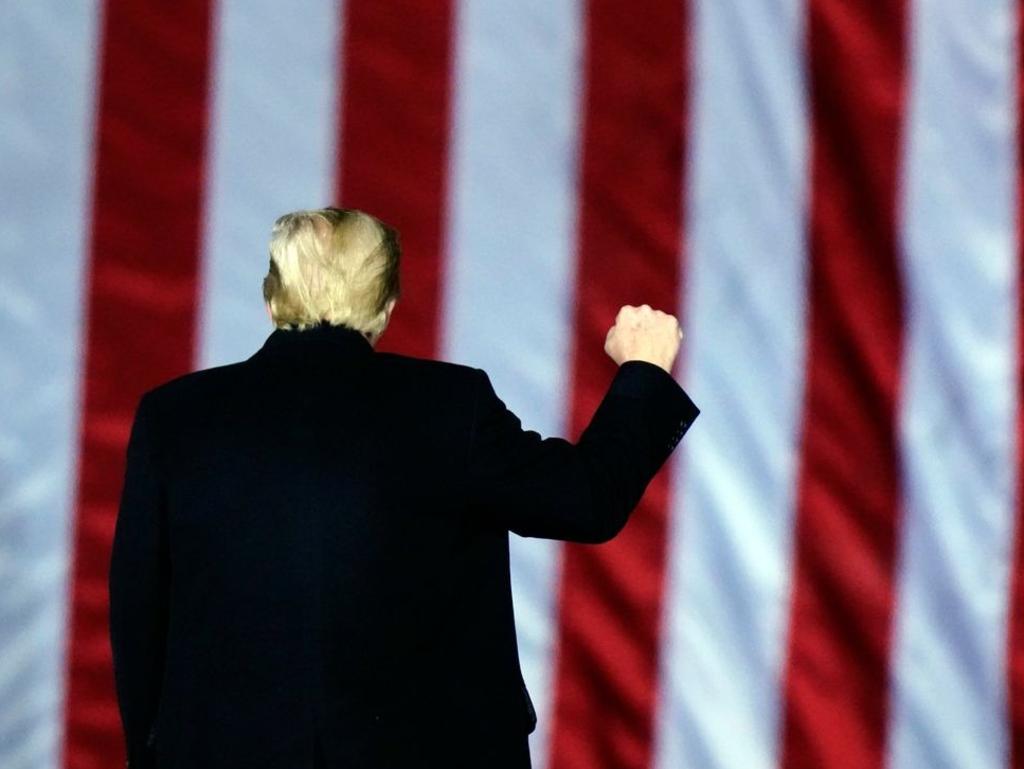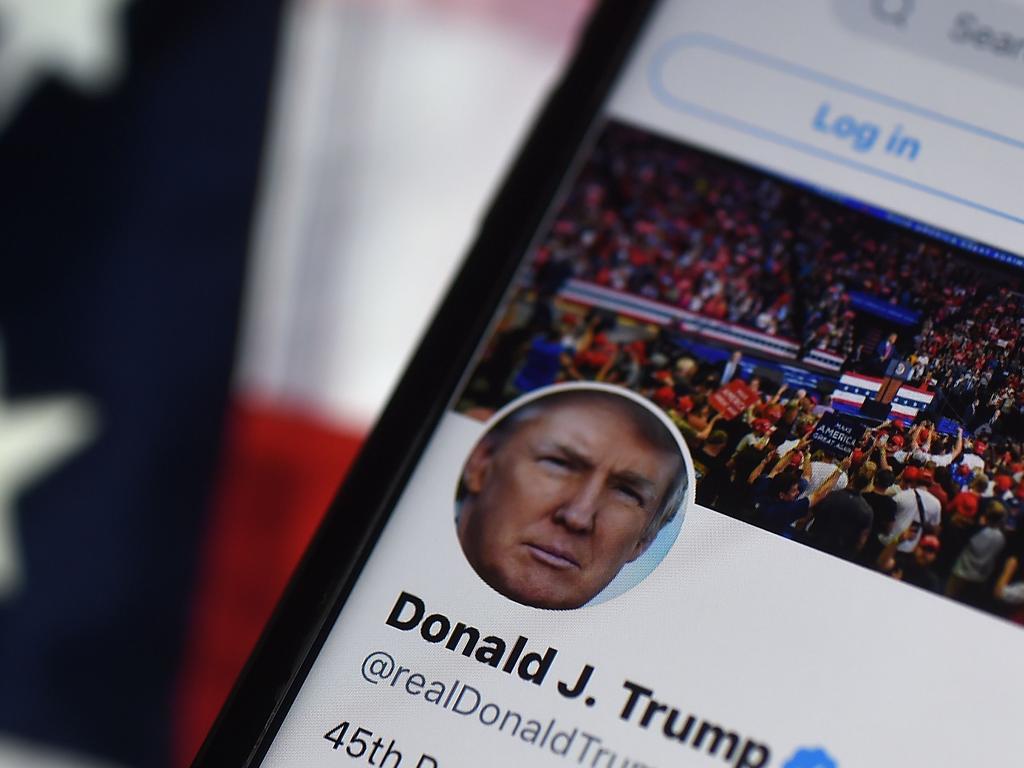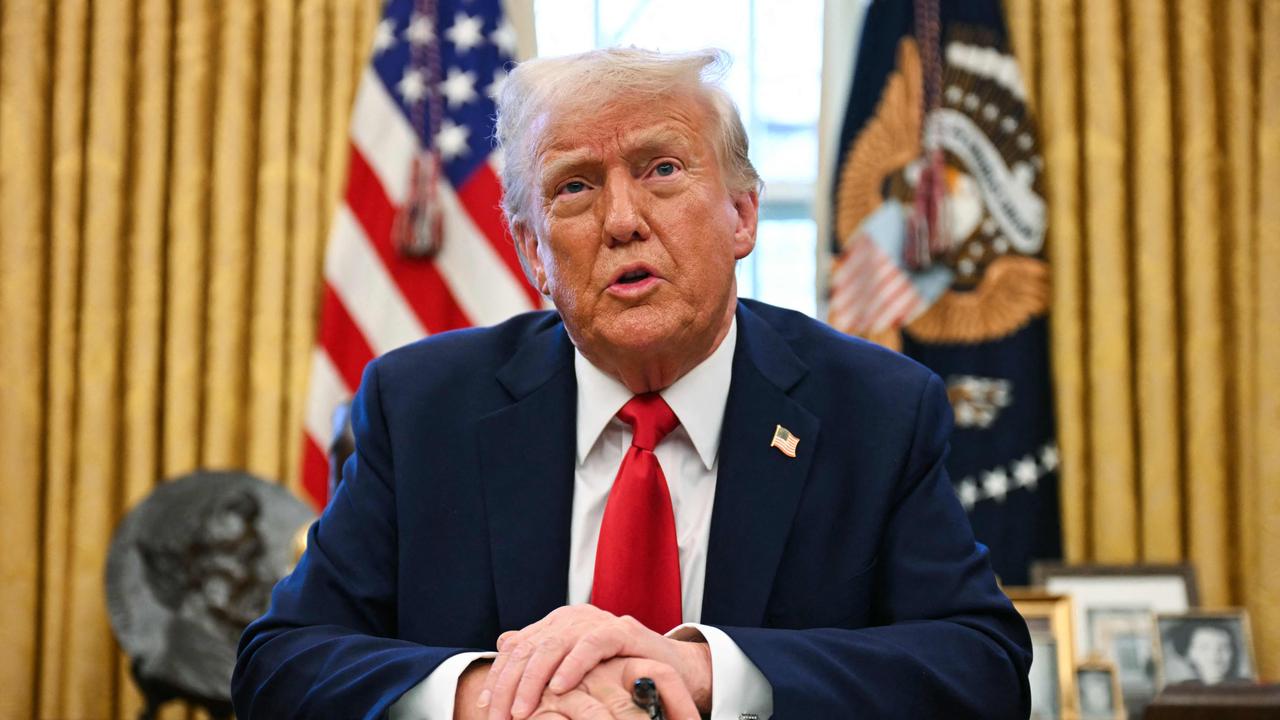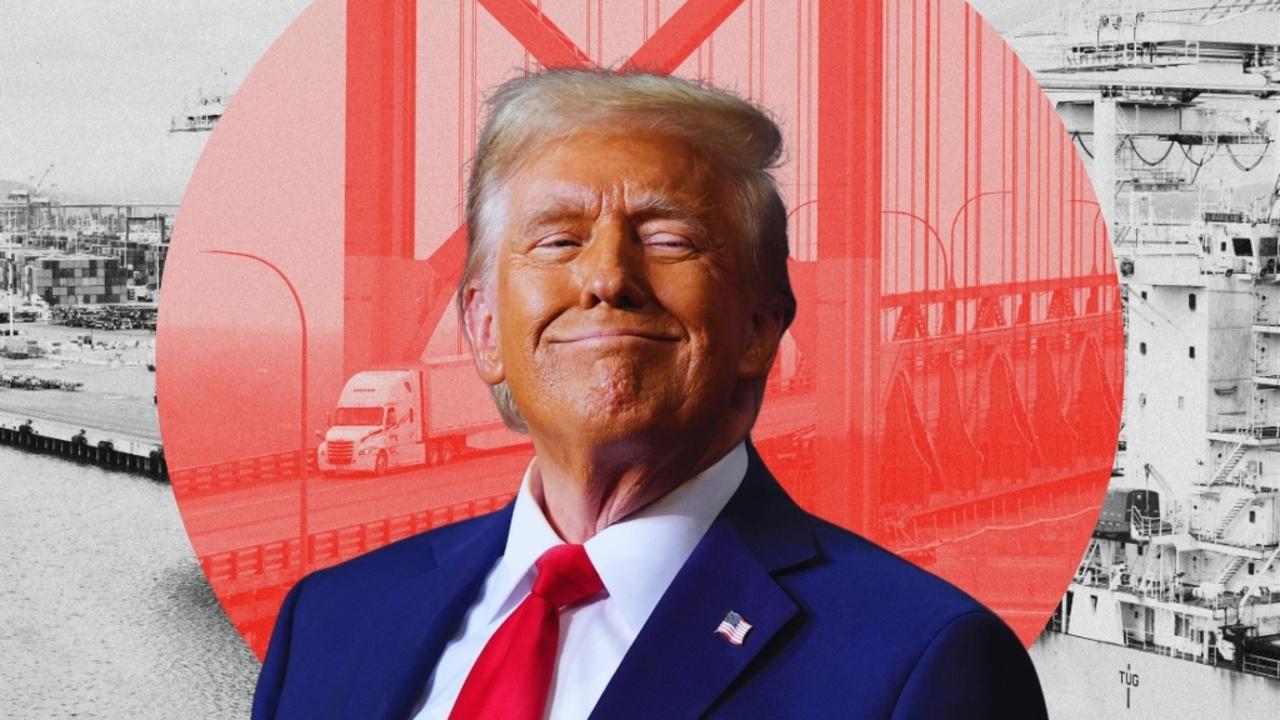Mob’s Capitol attack unites a nation in horror — though not entirely
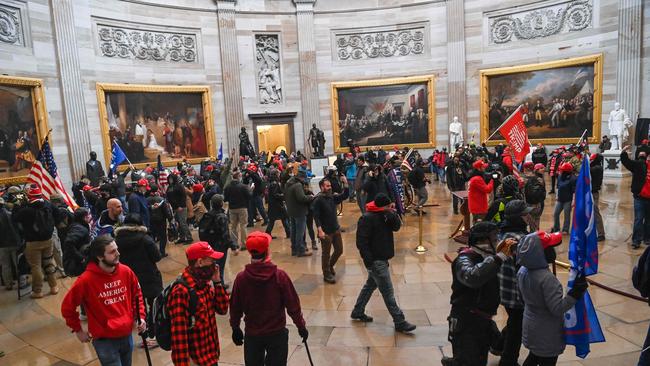
Almost without exception, Americans responded with shock, horror and condemnation to the storming of the Capitol last week by a mob of Trump supporters.
America’s constitutional processes were stopped, the seat of its democracy was desecrated, the power of its model for the world tarnished. Capitol Police officers were clubbed; one has died. Nearly all agree: the damage done not just to the Capitol Building but to the image America tries to project internally and externally will be lasting.
Yet even within those anguished reactions lie some subtle — and in some cases not so subtle — differences that illustrate just how divided the nation remains at the end of Donald Trump’s term and in the aftermath of a tumultuous 2020.
For some, the condemnations were accompanied by a belief that if members of this week’s almost entirely white mob had been black, they would have been dealt with more swiftly and harshly, as were protesters in American streets during 2020’s summer of racial reckoning.
President-elect Joe Biden gave voice to that view in his initial reaction to the violence.
“No one can tell me that if it had been a group of Black Lives Matter protesting yesterday, they wouldn’t have been treated very, very differently from the mob of thugs that stormed the Capitol,” he said. “We all know that’s true. And it is unacceptable. Totally unacceptable.”
Biden cited the reaction of his own granddaughter, who compared the heavily armed military unit that met protesters at the foot of the Lincoln Memorial this northern summer with the lightly armed police who confronted those assaulting the Capitol.
Jimmie Briggs, a black writer, gave a more personal reaction. In a piece written for Vanity Fair, he saw the treatment as an example of the “social hypocrisy displayed by our institutions toward non-white Americans when compared to the treatment of their white counterparts”. He argued that “despite the mobsters’ extraordinary disregard for the rule of law, for agents of law enforcement, and for social norms regarding government, government property and government processes, a near-mythical graciousness was shown to the insurrectionists”.
Yet others saw a different cause-and-effect dynamic at work, and a different double standard. They argued that violence in the northern summer in the streets of Minneapolis, Portland, and Seattle set the predicate for what happened last week — and that the attacks by Trump protesters were condemned more swiftly than was the comparable violence by protesters on the left.
A concise summary of that view came from John Daniel Davidson, political editor at the conservative publication the Federalist.
He wrote that “the media, which sowed the wind all year long with loose talk about riots, did far more to bring down the whirlwind on Wednesday than Trump did. When you argue for months and months that there’s nothing wrong with rioting or mob action or fighting with the police, and that we have to try to understand the rioters and their complaints, don’t be surprised if a certain segment of the population takes you at your word.”
Republican representative Mo Brooks of Alabama, a conservative who helped lead the effort to protest the confirmation of Biden’s election in congress, linked the summer’s ferment to this week’s unrest when he tweeted from within the Capitol, precisely at the moment the House chamber was being evacuated: “At least #Socialist #Democrats have NOT defunded Capitol police.” Brooks also has pushed the theory that the violence was perpetrated by anarchists of the leftist Antifa group — a theory being undermined as the identities of those who led the storming are becoming more clear.
In fact, the violence at the Capitol was different from anything that preceded it, last summer or any other time. People acting in the name of one president, and inspired by him, broke into the Capitol building in an effort to stop the transfer of power to the next president. In doing so, they assaulted a building in which the top three people in the presidential line of succession were in the same room, a move that would be considered an act of war if perpetrated by an outside power.
More than 50 police officers were injured, and some are in the hospital with serious injuries. Five people have died as a result of the violence — so far. Arrests and prosecutions are only beginning.
Those who have talked with some of the attackers say they still believe they did an admirable thing. Almost nobody else agrees. And nobody in a position of responsibility is justifying violence.
Still, the divergent reactions, reflecting deeply held beliefs and grievances, serve to show that, while there is a chance this week’s horrors may lead everybody on all sides to step back from harsh rhetoric, the equation in America remains far more complex than that.
The Wall Street Journal


